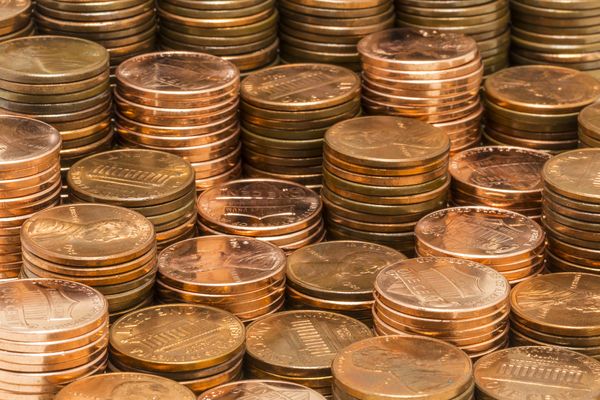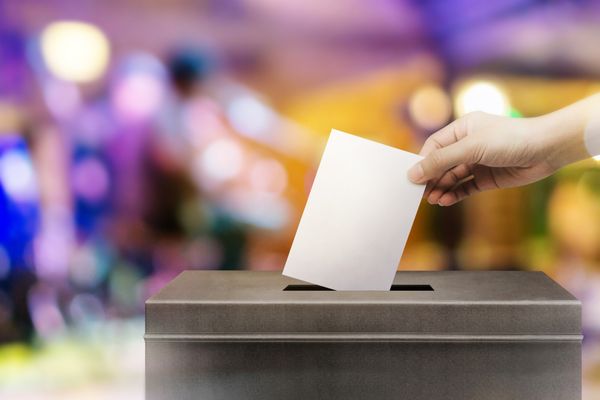1.1.1
Creation of a Republic
Weimar Constitution
Weimar Constitution
Weimar was the place chosen for the Constitutional Convention because it represented Germany’s culture rather than its militarism, which Berlin did. Berlin was also too unstable. Weimar seemed to signal a break with the past and suggest a new kind of future.


Germany's left wing parties
Germany's left wing parties
- SPD (moderate), USPD (radical) and KPD (Communist). These tended to attract more working class voters.
- The left wing believed in greater economic and social equality, wealth redistribution, more taxation to spend on public services, and greater workers’ rights.


Germany's centre parties
Germany's centre parties
- DDP and Zentrum (largely Catholic parties but with a wide range of supporters and views. Generally pro Weimar Republic).
- The centre held liberal ideas such as individual and economic freedom, a more equal distribution of wealth, and some taxation for public services.


Germany's right wing parties
Germany's right wing parties
- DVP, DNVP.
- The right wing was conservative. It favoured authoritarian leaders, low taxation, traditional values, less equality and most were monarchists.


Political turmoil pre-convention
Political turmoil pre-convention
- The USPD had left the government in December 1918.
- The Spartacist revolt took place in Berlin from January 4-15, 1919. It was suppressed by the army and Freikorps with Ebert’s full support. Over 100 workers were killed.
- Left wing parties were bitterly divided over Ebert’s actions. The KPD never forgave the SPD. The USPD split: some joined the KPD, others the SPD.


January 1919 elections
January 1919 elections
- In January 1919 there were elections for the German Constituent Assembly.
- The KPD boycotted them. Political parties that later voted for the constitution won 77% of the vote: the SPD had 38%, the Z and BVP 20%, the DDP 19%.


Historical assessment
Historical assessment
- Historian Carr (1987): ‘The Republic was widely accepted by many Germans … as a convenient means of filling the void left by the collapse of monarchy.’
Terms of the Weimar Constitution
Terms of the Weimar Constitution
Weimar was the place chosen for the Constitutional Convention. Weimar seemed to signal a break with the past and suggest a new kind of future.


The Reichstag
The Reichstag
- The constitution established a democratic, parliamentary republic in which everyone 20 or older voted every four years for a new parliament, and every seven for a president.
- Proportional Representation encouraged political participation by giving influence to minority views.
- A coalition government was the usual outcome.
- Changes of government happened more than every four years and so did elections. A change of government didn’t necessarily mean an election.


The Chancellor
The Chancellor
- The Chancellor was the party leader who could persuade other political parties to work with them. This involved a lot of compromise and deals could break down.


The president
The president
- The president was elected every seven years by a popular vote.
- Presidential powers included: appointing or dismissing the chancellor; dissolving the Reichstag, calling for new elections and commanding the army.
- Article 48 of the Constitution was significant. In emergencies, Article 48 was invoked to allow the president to rule by decree.
- The Reichstag had to be informed of all measures the president took under Article 48 and could revoke them.


Länder and the Reichsrat
Länder and the Reichsrat
- Germany was a federal state. The Länder (local states e.g. Bavaria) ran major services like education and the police.
- All state monarchs were replaced in November 1918.
- In an emergency, the federal (national) government could intervene in the Länder.
- The Reichsrat was the second chamber of the federal government. There were 67 members from 17 Länder.
- The Reichsrat could advise the Reichstag and reject new laws but could be overruled by the Reichstag.
1Political & Governmental Change, 1918-1989
1.1Creation & Collapse of Weimar, 1918-1932
1.2Nazi Dictatorship, 1933-1945
1.3Return to Democratic Government, 1945-1989
2Opposition, Control & Consent 1918-1989
2.1Opposition to Government, 1918-1989
2.2Controlling the People, 1918-1989
3Economic Developments & Policies, 1918-1989
3.1Reacting to Economic Challenges, 1918-1932
3.2Controlling the Economy, 1933-1945
3.3Creating the Social Market Economy, 1945-1989
4Aspects of Life, 1918-1989
4.1Attitudes Towards Women, 1918-1989
4.2Education & Cultural Developments, 1918-1989
5Historical Interpretations
5.1Influence of German History
5.2Hitler & Foreign Policy
5.3Contribution of Other Nations to WW2
5.4Reasons for Invading Poland
Jump to other topics
1Political & Governmental Change, 1918-1989
1.1Creation & Collapse of Weimar, 1918-1932
1.2Nazi Dictatorship, 1933-1945
1.3Return to Democratic Government, 1945-1989
2Opposition, Control & Consent 1918-1989
2.1Opposition to Government, 1918-1989
2.2Controlling the People, 1918-1989
3Economic Developments & Policies, 1918-1989
3.1Reacting to Economic Challenges, 1918-1932
3.2Controlling the Economy, 1933-1945
3.3Creating the Social Market Economy, 1945-1989
4Aspects of Life, 1918-1989
4.1Attitudes Towards Women, 1918-1989
4.2Education & Cultural Developments, 1918-1989
5Historical Interpretations
5.1Influence of German History
5.2Hitler & Foreign Policy
5.3Contribution of Other Nations to WW2
5.4Reasons for Invading Poland
Unlock your full potential with Seneca Premium
Unlimited access to 10,000+ open-ended exam questions
Mini-mock exams based on your study history
Unlock 800+ premium courses & e-books